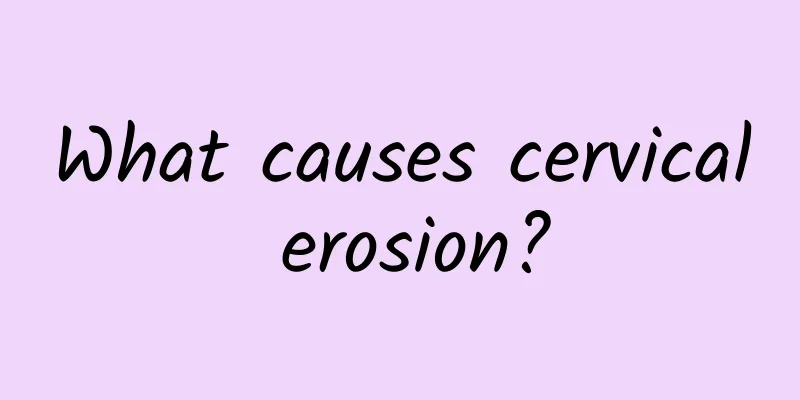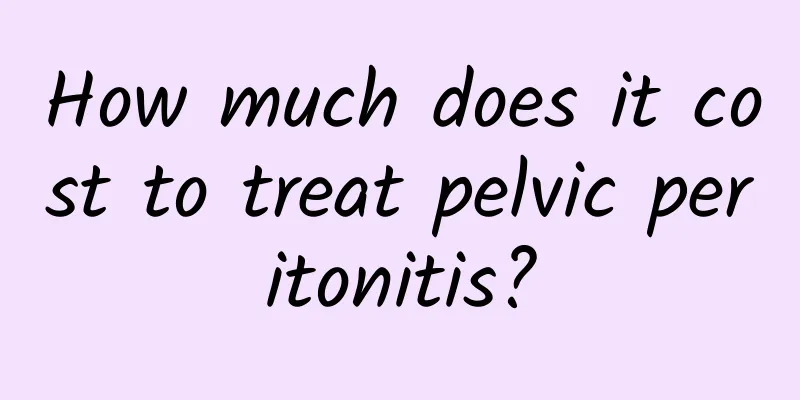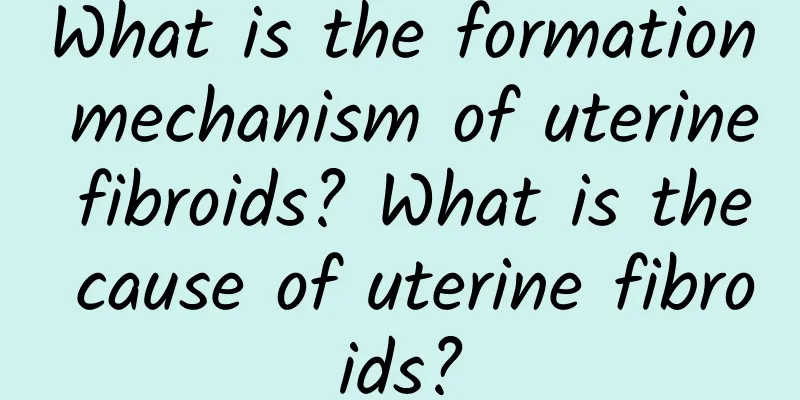Can I fill cavities during menstruation?

|
Tooth decay can be filled during menstruation, but it is recommended to be done during non-menstrual period. During menstruation, women's hormone levels fluctuate, which may lead to increased body sensitivity and slight discomfort during oral treatment. Tooth decay filling usually includes three steps: cleaning carious tissue, filling material repair and polishing. The specific operation is determined by the dentist according to the severity of the tooth decay. If the tooth decay is painful or the risk of infection is high, timely medical treatment is required to avoid worsening of the condition. Although there is no absolute contraindication to tooth decay filling during menstruation, in order to reduce discomfort, it is recommended to choose to treat after the menstrual period. The feasibility of filling cavities during menstruation mainly depends on the individual's physical condition and the urgency of the tooth decay. During menstruation, the levels of estrogen and progesterone in women's bodies fluctuate, which may lead to increased gum sensitivity, mild bleeding or increased pain. The process of filling cavities usually includes three steps: cleaning carious tissue, filling material repair and polishing. Cleaning carious tissue is to remove infected tooth tissue, and filling material repair uses materials such as resin or glass ionomer to fill the defect. Finally, polishing is used to make the repaired part smooth and consistent with the surrounding tooth surface. The specific operation of filling cavities is determined by the dentist based on the severity of the cavity. Minor cavities may only require a simple filling, while deep cavities may require root canal treatment or crown restoration. Although there is no absolute contraindication to filling cavities during menstruation, in order to avoid discomfort caused by increased body sensitivity, it is recommended to choose to perform treatment after the menstrual period. If the tooth decay is painful or there is a risk of infection, you need to seek medical treatment in time to avoid worsening of the condition. When filling cavities during menstruation, the dentist may adopt a gentler operation method, such as using local anesthesia to reduce pain, or choosing filling materials that are less irritating to the gums. It is feasible to fill cavities during menstruation, but in order to reduce discomfort, it is recommended to choose to treat after the menstrual period. During menstruation, women's hormone levels fluctuate, which may lead to increased body sensitivity and slight discomfort during oral treatment. Filling cavities usually includes three steps: cleaning carious tissue, filling material repair and polishing. The specific operation is determined by the dentist according to the severity of the tooth decay. If the tooth decay is obviously painful or the risk of infection is high, you need to seek medical treatment in time to avoid worsening of the condition. Although there is no absolute contraindication to filling cavities during menstruation, in order to reduce discomfort, it is recommended to choose to treat after the menstrual period. |
<<: What causes uterine cysts?
>>: Is it true that patients with uterine fibroids cannot eat longan meat?
Recommend
Are there any genetic causes of ovarian cysts?
What are the causes of ovarian cysts? Is it relat...
Will ectopic pregnancy cause frequent urination?
Will ectopic pregnancy cause frequent urination? ...
Can female cervical erosion be treated with antibiotics? Pay attention to these when treating cervical erosion with antibiotics
Should antibiotics be used to treat cervical eros...
Causes of cervical hypertrophy in daily life
Cervical hypertrophy is actually one of the many ...
Is it normal that my period hasn't ended in 10 days?
Whether it is normal if the menstruation has not ...
How to regulate irregular menstruation in women during menopause Symptoms of irregular menstruation in women during menopause
What are the differences between the symptoms of ...
Can you get pregnant with multiple ovarian cysts? What symptoms will multiple ovarian cysts cause?
Can you get pregnant with multiple ovarian cysts?...
TCM treatment of endometriosis
TCM treatment of endometriosis Surveys show that ...
What are the symptoms of ovarian cysts? What are the dangers of ovarian cysts?
What are the symptoms and dangers of ovarian cyst...
What is the relationship between uterine fibroids and nodules? Are uterine fibroids and nodules the same thing?
Are uterine fibroids and nodules the same thing? ...
How does Traditional Chinese Medicine understand ovarian cysts?
TCM has a long history of understanding ovarian c...
Do you have back pain from sitting or standing for a long time? 4 "Year-End Success Exercises" to Keep Your Bones Healthy
Xiaohui is a sedentary office worker who stares a...
Can’t eat starch to lose weight? Don’t eat breakfast to lose weight? 5 good articles to help you crack
There are hundreds of ways to lose weight, but wh...
How to get your period sooner
How can I get my period faster? If you want to ha...
Experts teach you how to correctly understand Trichomonas vaginitis
As people's living standards improve, more an...









